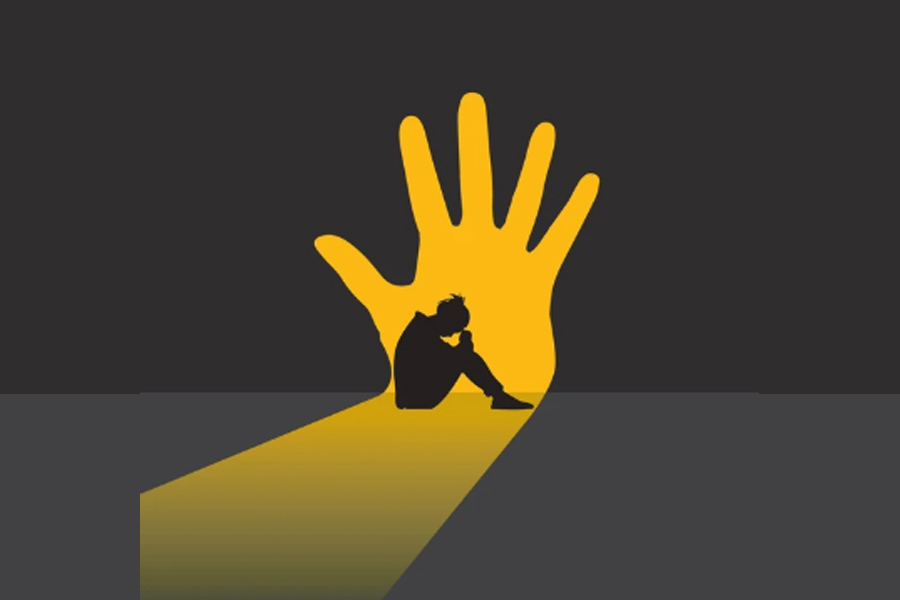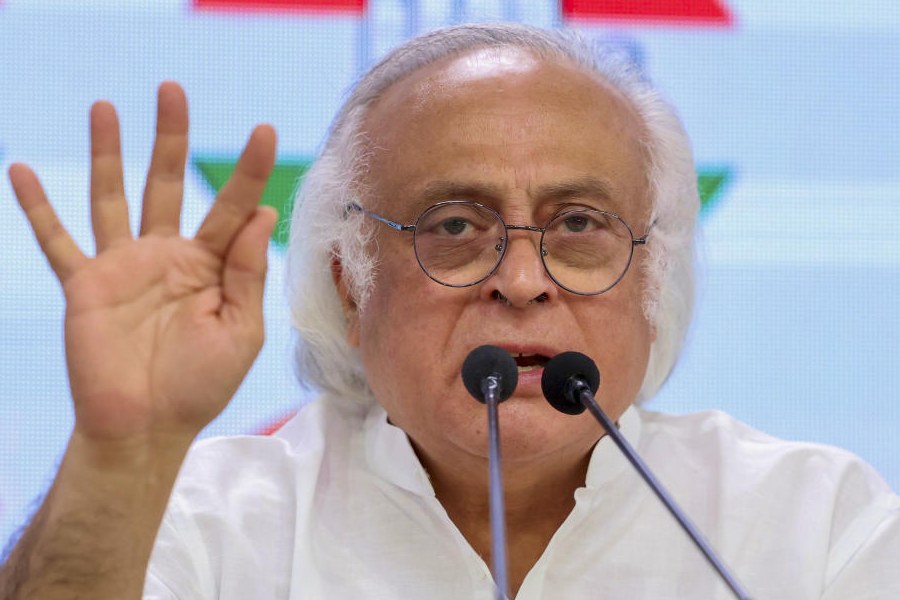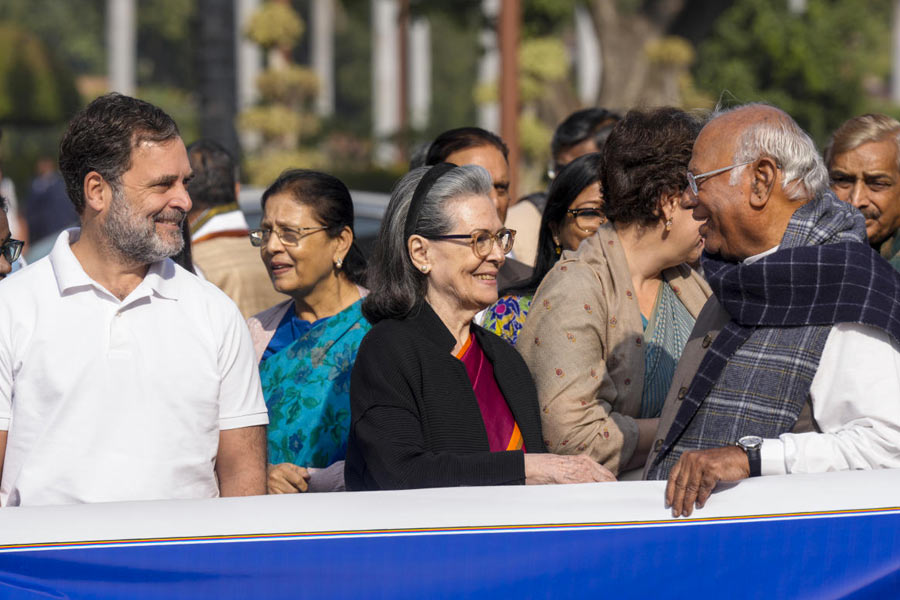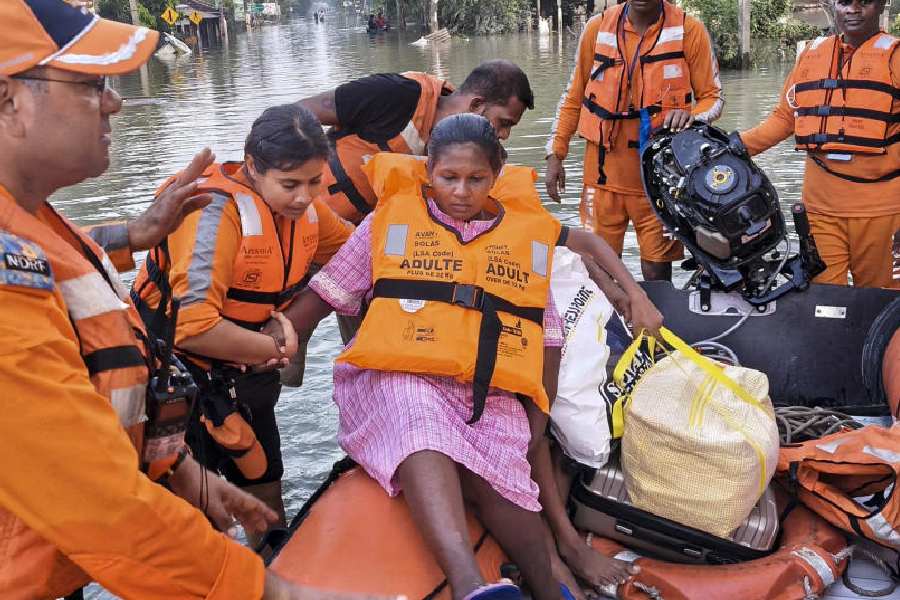The long and seemingly endless nightmare of sexual assaults on women continues unabated in Calcutta. In the latest instance of such a despicable crime, a young woman and student of the South Calcutta Law College was allegedly gang-raped by a practicing lawyer and a former student who once headed the unit of the Trinamool Chhatra Parishad at that college. Four accused — the alumnus, a security guard, who failed in his duty, and two other students, who watched as the woman was violated — have since been arrested by the police. This shocking crime comes almost a year after the brutality at the R.G. Kar Medical College and Hospital where a young woman doctor was raped and murdered in August 2024. Despite the massive public protests that followed, women’s safety, it can be argued, continues to be a matter of urgent concern in a metropolis that often pats itself on its back for being one of the ‘safest cities for women’ in the country.
There is data to suggest that sexual violence against women has, in fact, risen since the rape and murder of a young woman in Delhi in 2012, a transformative occurrence that led to a national outcry and subsequent changes in India’s rape laws. Figures from the National Crime Records Bureau reveal, for instance, that India registered, on an average, 25,000 rape cases annually in 2012: the annual number of cases surpassed 30,000 in the subsequent years, except for the period during the Covid pandemic. Shamefully, Bengal — Calcutta and its hinterlands — along with many other Indian states, has featured on the list of places where such depravities are committed. What is particularly worrying is the emergence of some patterns. Sharper legal teeth — new laws with fiercer punitive elements, including the death penalty in the case of a minor victim as well as the expansion of the definition of rape, to cite two examples — have not served as effective deterrents. Moreover, the conviction rate in rape cases in India — it is under 30% — is much lower than, say, nations like Britain where the conviction rate for cases linked to rape was 60.2% in 2023-24. There has been another menacing development. Women are often being targeted in public spaces deemed conventionally as ‘safe — educational institutions, hospitals, homes. This speaks of not only a sense of impunity on the part of perpetrators but also a failure of law and order. Public protests, usually a lightning rod used by political parties to gauge the direction of electoral winds — the spontaneous and massive collective outrage that was witnessed after the crime at the R.G. Kar Medical College and Hospital may be cited as a case in point — are no longer having the desired effect on the powers that be. It must also be conceded that both the coverage and the condemnation of such heinous crimes in India’s villages and towns, especially those that target Dalit and Adivasi women, leave a lot to be desired.
The electoral impact of a crime excites the chattering classes. The reign of the TMC, with a woman chief minister at the helm, much like that of other parties in other states, has witnessed several such monstrosities — and, yet, the party has been returned to power. So the issue needs to be viewed differently. Sexual violence against women is contingent upon their marginalisation and devaluation in nearly every sphere of life. The latter’s persistence augments the former.











